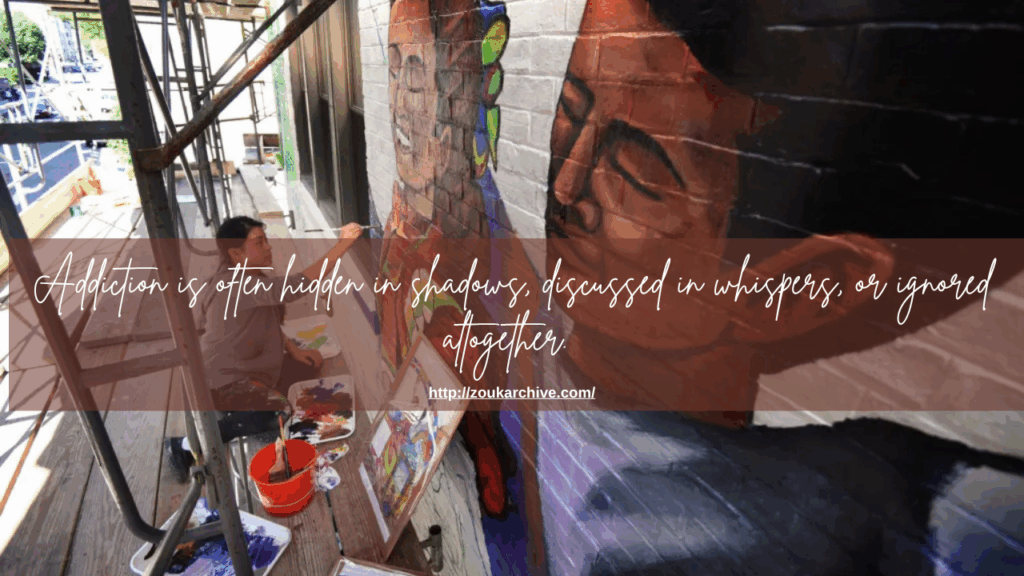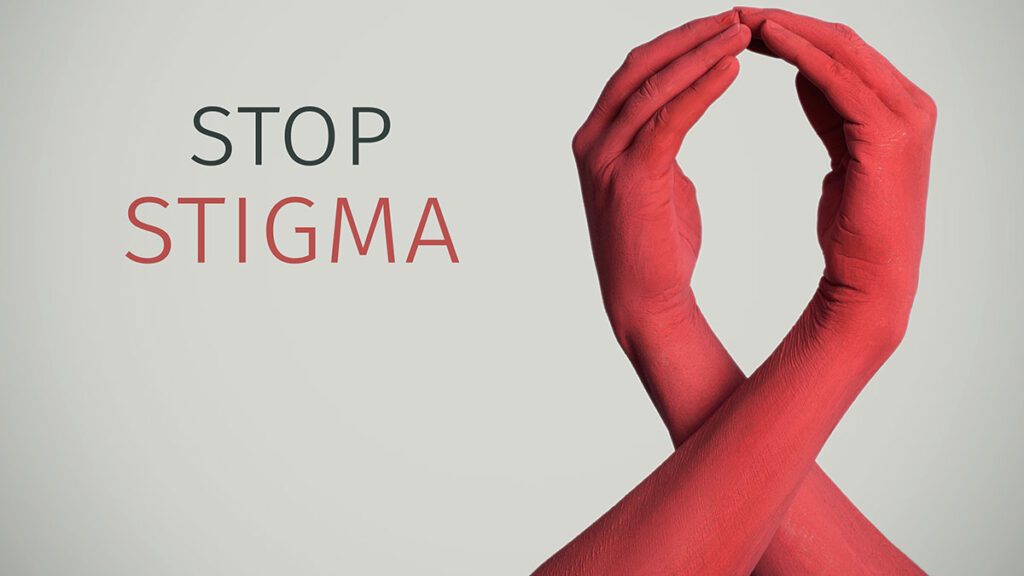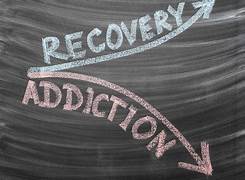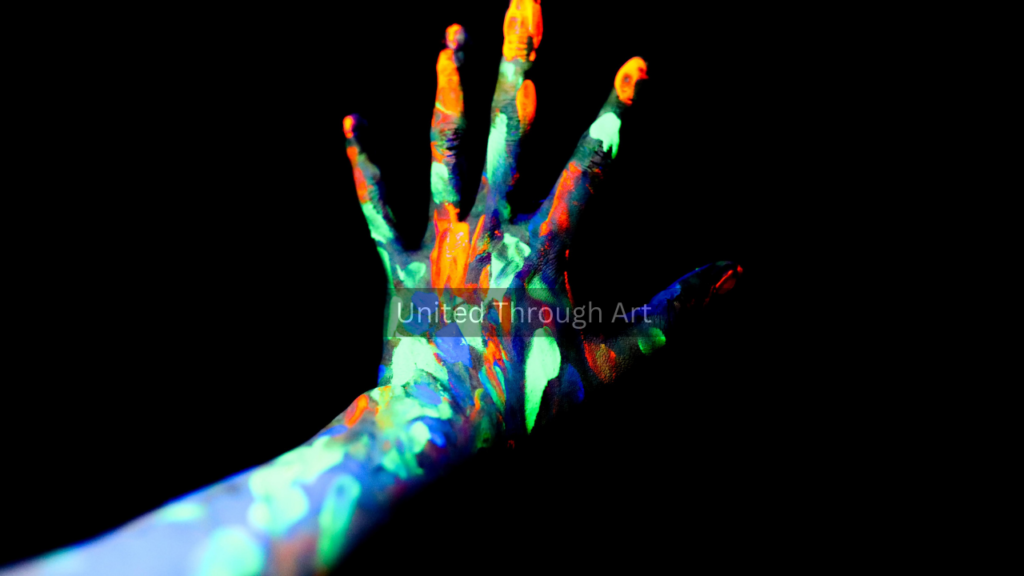
In cities and towns across the world, blank walls are being transformed into bold, colorful murals that do more than beautify—they tell stories. Stories of struggle, survival, and redemption. These “Murals of Hope” are part of a growing movement where artists, communities, and recovery advocates use public art to spread awareness about addiction, reduce stigma, and inspire healing. These large-scale creations are turning public spaces into platforms for education and empathy, where art meets activism in a powerful, visible way.
Art That Starts Conversations
Addiction is often hidden in shadows, discussed in whispers, or ignored altogether. Public art, by its very nature, demands attention. Murals that depict the realities of addiction—and the hope of recovery—serve as conversation starters. They encourage people to talk about difficult topics, to reflect on the impact of addiction in their communities, and to challenge stereotypes.
These murals often feature powerful imagery: a hand reaching from darkness toward light, a face emerging from despair, or a tree growing from cracked concrete. Some incorporate text—quotes from those in recovery, poetry, or statistics that highlight the urgency of the addiction crisis. The goal is not to shame or shock, but to create understanding and connection.
Created by and for the Community
One of the most impactful aspects of mural projects is the way they bring communities together. Many of these initiatives are created collaboratively, involving local artists, people in recovery, families affected by addiction, and youth organizations. By participating in the creation of a mural, individuals who have lived through addiction are given the opportunity to express themselves in a constructive, public way.
This collaboration also fosters a sense of ownership and pride. When a community comes together to paint a mural about addiction, it sends a clear message: We care. We see those who are struggling. We believe in recovery. The act of creating something beautiful out of a painful reality mirrors the recovery journey itself—transformation through effort, support, and vision.
Impact Beyond the Paint
Murals about addiction do more than raise awareness—they have real emotional and psychological impact. For those in recovery, seeing their stories represented on walls can be validating and empowering. It reminds them that their experiences matter, that they’re not alone, and that their community supports them. For those still struggling, these murals may serve as beacons of hope, suggesting that recovery is possible.
On a broader level, murals can change public perception. They challenge the idea that addiction only happens to “other people,” and they humanize a condition that is too often viewed through a lens of judgment. This shift in perception can lead to increased compassion, better policy decisions, and more funding for treatment and prevention programs.
A Lasting Legacy
Murals are not fleeting. They become landmarks—constant, visible reminders of resilience and recovery. They speak to everyone who passes by, every single day, offering not only awareness but also inspiration. In their colors and contours, they carry the message that change is possible, that healing is happening, and that no one is beyond hope.
Conclusion
“Murals of Hope” are more than just art—they’re public declarations of compassion, courage, and commitment to change. By bringing addiction out into the open and turning pain into beauty, these public art projects are helping reshape the narrative around addiction. They remind us that walls can divide—but they can also unite, when we use them to tell the stories that matter most.







